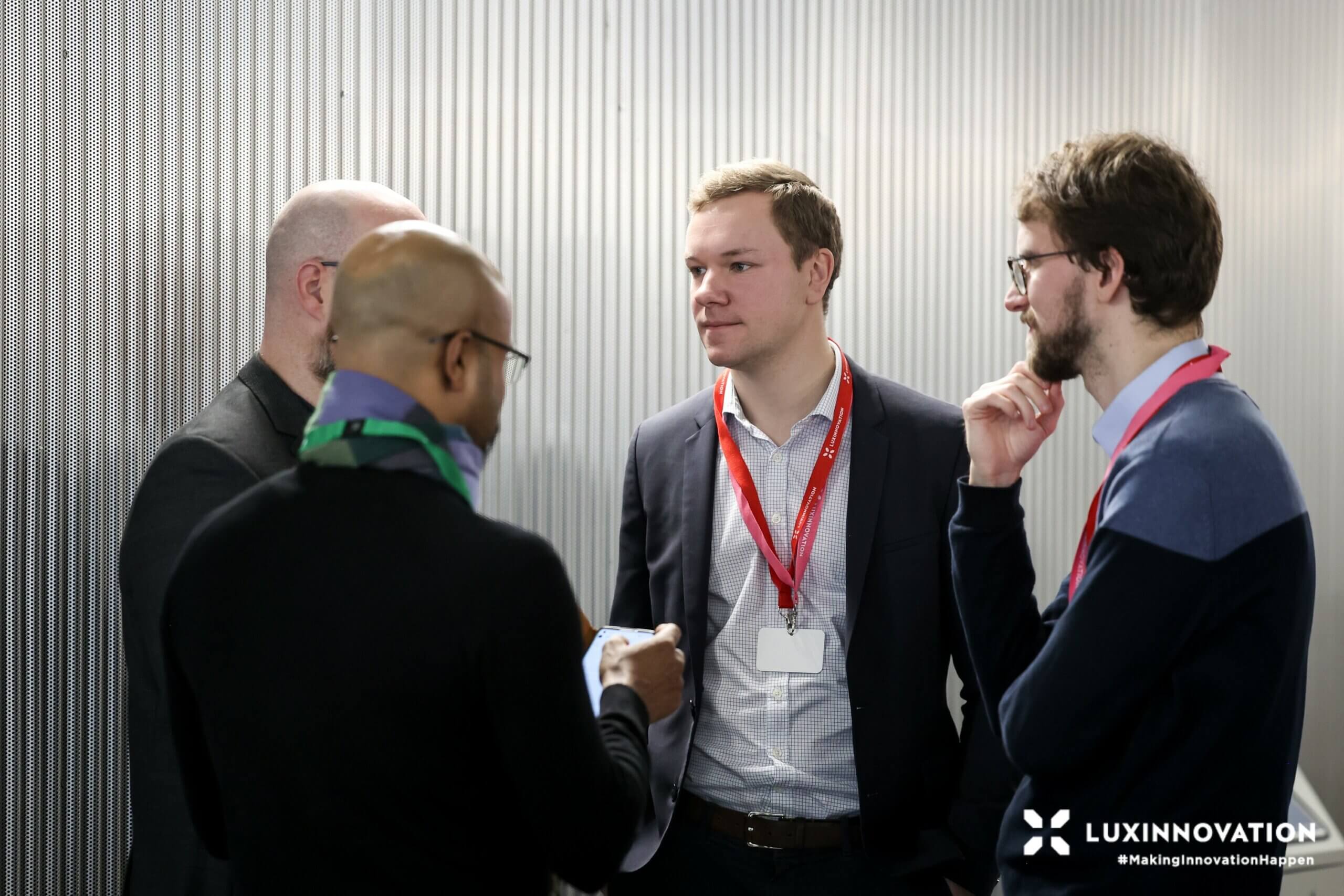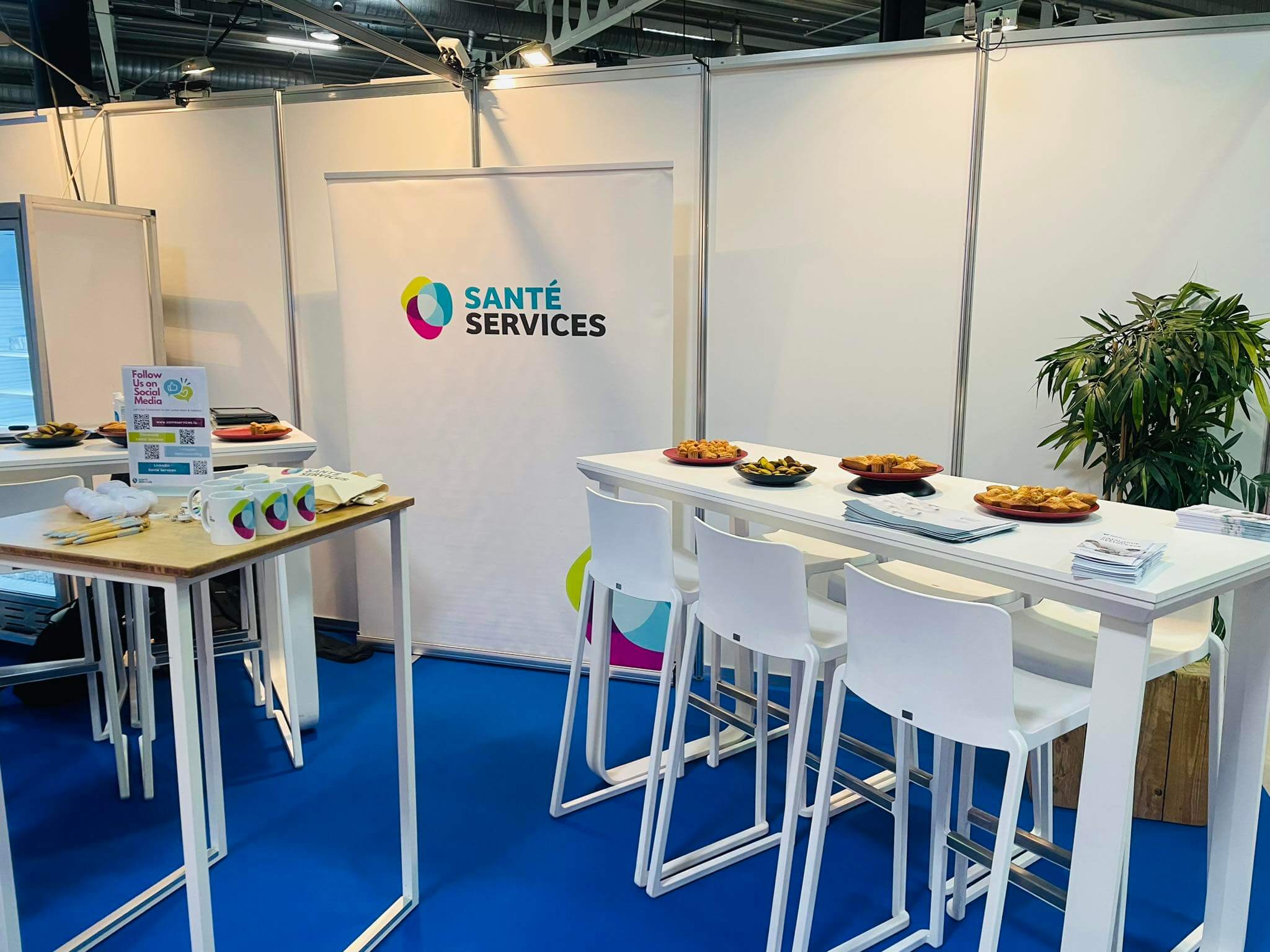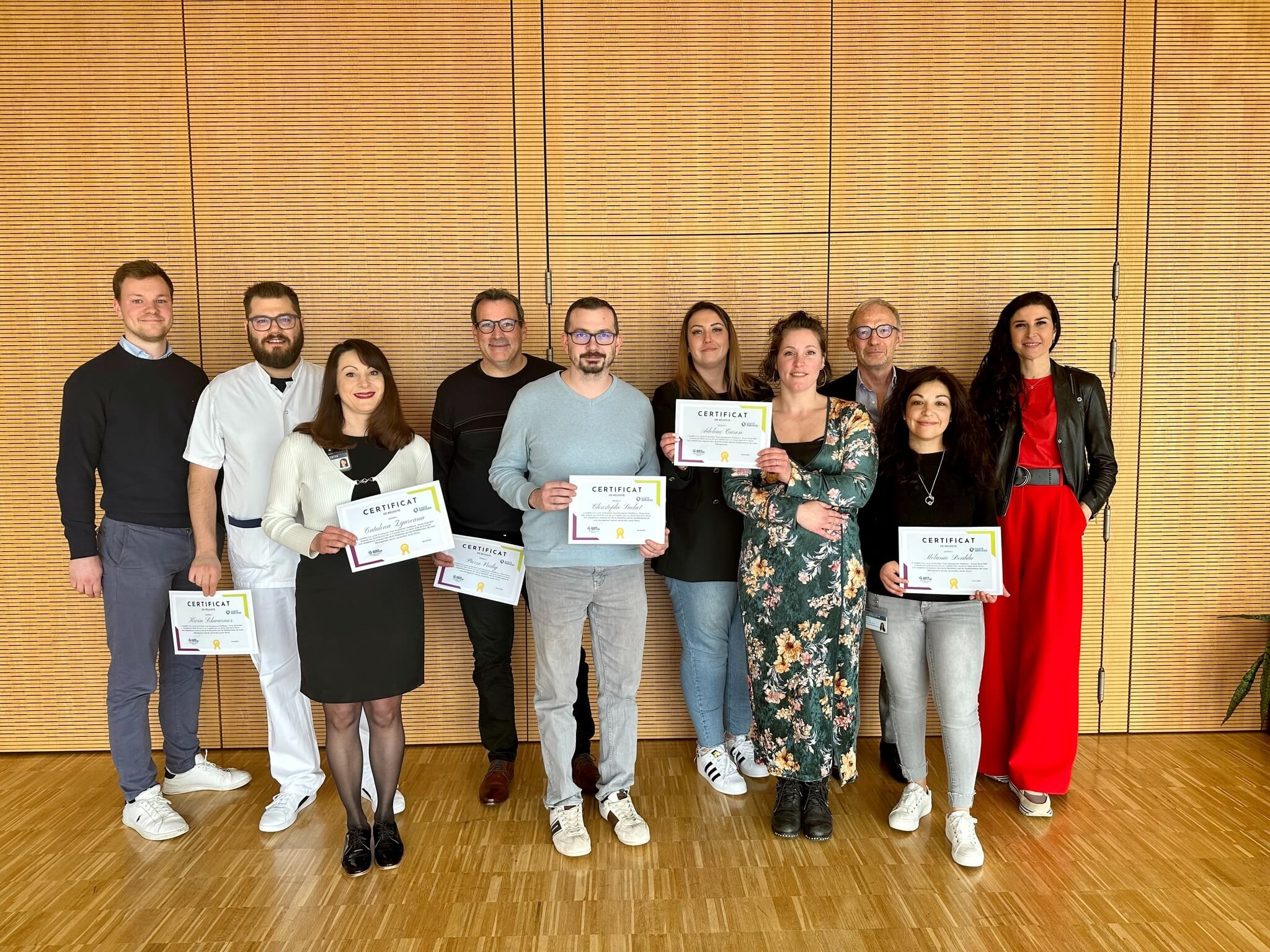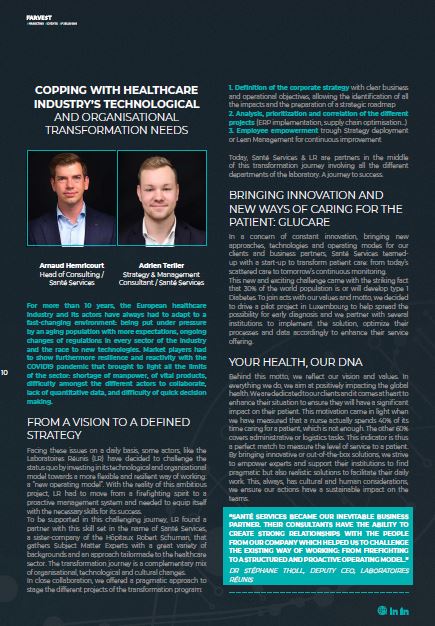Making the service more attractive and efficient
Luxembourg laboratories

Optimisation of the operational model of a sampling centre for an analysis laboratory
Santé Services, a consultancy specialising in healthcare, has been chosen to provide its expertise to a major analysis laboratory in Luxembourg to review the operating model of one of the group’s sampling centres (handling almost 27,000 tests per month). The aim was to make the service both more attractive to patients and more efficient in terms of internal processes.
An organisation turned upside down by peaks in activity impacting the patient pathway
At the heart of the health crisis, the analysis laboratory is facing a number of major challenges. With Covid19 in full swing, it has to cope with peaks in patient numbers that are difficult for staff to absorb, and which quickly give rise to problems of efficiency and process optimisation. While peak times are hard on staff, they regularly find themselves over-staffed at off-peak times, with a much lower volume of work. The new organisation has an impact on the patient journey, which has become longer and more complex.
Implementing pragmatic solutions becomes a challenge that needs to be resolved quickly.
How to do better with existing resources? Santé Services deployed its expertise to help the collection centre review its operating model in record time.

A rapid audit based on the collection of relevant data
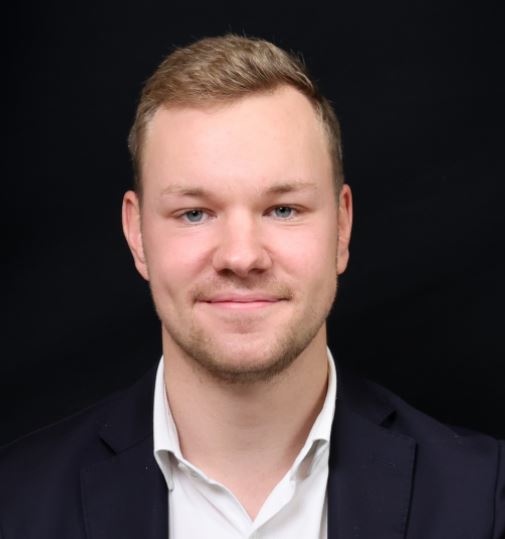
First phase
The first phase of the study consisted of collecting data by analysing what already existed, both on site and through data extracted from the information system developed for the purpose.
The observations focused on the current patient pathway (digital and physical flows as well as signage), the service offering, the organisation and way of communicating, flows in the sampling rooms (boxes) and the layout of workstations. “We extracted figures and data internally, throughout the process and the patient pathway. We identified the people working on sampling and analysis, and deciphered the resource planning. We also looked at patient flows and the different cycle times per person sampled, to determine the average time taken for a patient to come in for testing. The aim was to determine how to smooth out activity and capacity according to what was on offer, and to redesign this offer to attract more people at different times of the day,” explains Adrien Terlier, Head of MedConsulting.
Finally, the different patient profiles and their needs were also analysed during this phase. This initial detailed study was delivered to the customer within 3 weeks.
In addition to analysing workflows, particular attention was paid to the ergonomics of the equipment used by staff (height of work surfaces and seats, repetitive movements of staff, etc.) and compliance with hygiene standards to facilitate their work and avoid illness or prolonged absences.
Second phase
The second phase, analysis, was carried out in parallel: for 3 weeks, Santé Services consultants consolidated and correlated all the data collected across the 6 core pillars of the operational model. Thanks to their experience in similar assignments (“large scale testing“) and their methodology for reviewing the operational model, they were able to determine the irritants for patients during their journey and the associated internal obstacles. This analysis was then confirmed with the centre manager, to validate the hypotheses and involve the stakeholders in the future actions to be implemented.
Recommendations for improving the operational model: proposals, prioritisation and support
After carrying out the audit, Santé Services provided concrete proposals for improvement based on the data analysed. In total, no fewer than 5 scenarios were presented, with action plans that could be implemented in the short term and prioritised for each of them.
Among these recommendations, Santé Services proposed, for example, a flexible statistical model to adjust the number of resources according to the centre’s activity, based on short- and medium-term forecasts. The consultants proposed the removal of several activities/tasks from the process, along with a proposal to review the ergonomics of the cubicles with a view to limiting the number of journeys made by care staff. In addition, the HR management method was represented in the form of a hierarchical line specifying the roles and responsibilities of each person in order to restore transparency to the expectations of each position.
The involvement of Santé Services went beyond a simple analysis, and the customer praised our involvement and support: “Our customer – the sampling centre – particularly appreciated the way we got involved and invested in the proposed action plans. We didn’t just suggest things and leave the client to deal with the conclusions of the report. We provided our support for each of the choices, decisions and measures to be taken, so that each of the operational model scenarios proposed could bear full fruit in line with the strategic decisions,” explains Adrien Terlier.
A successful challenge: a rapid audit close to the ground to achieve concrete improvements in flows, the service offering and the centre’s ergonomics.
The gamble paid off: in just one month, Santé Services was able to carry out an ‘express’ audit, close to the ground, and deliver an analysis report enabling the management to make a decision on the future of the centre.
Santé Services’ involvement has led to a number of significant improvements in the blood collection centre. The patient pathway has been streamlined and simplified, with patients waiting less time before and after sampling. Workstation layout has been optimised to reduce repetitive movements and improve employee comfort. And the workload has been smoothed out thanks to an analysis of peaks in activity, enabling better management of resources.
The laboratory was very pleased with the results: most of the recommendations in terms of flow, signage and ergonomics were implemented, resulting in significant savings and an improved quality of service for patients.
Adrien Terlier concludes: “Our analysis methods have one major advantage: they are cross-disciplinary and applicable to a large number of health and personal care issues: hospitals, nursing homes, sample collection centres, pharmacies, etc. Thanks to our experience and our ability to act quickly and efficiently, we enable our customers to ask the right questions and make the right decisions.
news and events of our CONSULTINg division

